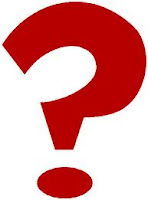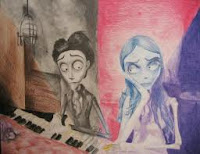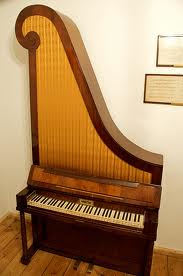ON LEAPS (With Video Demonstration)

A student came to a lesson and said, “Look how far I can stretch my hand.” I thought, ouch, are we doing yoga?
Oh no, I thought, it’s a competition.
Well, here is a student new to my studio, a rather advanced pianist already, who suffers from a fairly common malady. Somewhere in his early studies he developed the notion that stretching is better than moving, when in fact the opposite is true. It is more efficient and healthier to move than it is to stretch. I know this may seem counter intuitive to some, but stay with me. I don’t mean that the hand can’t be open, it can, and flexible, of course. But anytime the hand is opened to an extreme, danger lurks in the effort. (We select fingering to avoid a stretch, but that’s another topic.)
Let me explain. If our objective is to learn how to play the piano using the body according to its design, then we must exclude efforts that act against it. (Of course, there are many accomplished and successful musicians who play the piano using various technical points of view, or more likely, no point of view at all. We wish them all the best.) Well, what are some efforts that act against the hand’s design? Opening it so wide that it feels tense is one. Lifting the fingers individually away from the hand, especially the fourth finger, which has tissue on top that prevents it from lifting away, is another.
So, here’s a useful question to ask, “What does the hand want to do? “ It wants to be in a relatively closed position. Try this: Drop your arm to the side and let it hang freely. Notice how the hand feels. This is what it wants to feel. Can we achieve this feeling in the act of playing the piano? The simple answer is yes, as long as we don’t fall victim to suggestions in the notation that seem to be saying “stretch, pull.” (More about “notation bound” in another blog.)
So how do we play the piano without acting against the hand, without turning it into a gnarled claw, veins bulging with tension?
I’m glad you asked.
I’m glad you asked.
One way to use the hand according to its design is to learn how to negotiate leaps. Other issues are at work, too, underlying tools that also contribute to efficient hand use. But for now let’s consider how to leap. By my definition, a leap takes place whenever the hand moves from one five-finger position to another without a thumb crossing, a shift if you like (as in string playing). It doesn’t matter whether the leap is to the very next note, i.e., if you want to play stepwise with the same finger, or if you want to leap several octaves.
Here is the rule: THE NOTE BEFORE THE LEAP GETS US THE DISTANCE. That is, the last note in the group of notes before a leap takes us to the first note of the new group. It’s that simple. (Well, almost.) Anxious about making a leap, pianists very often neglect to finish playing the last note of a group; they tend to skip over it. This is a pity, sometimes even tragic, because that last note is the all-important springboard for negotiating the distance to the first note of the next group. So don’t be in too big a hurry.
It is just as futile to cling to that last note, losing the advantage of its thrusting power. With a well worked-in and coordinated combination of springing, forearm rotation and walking arm, leaping great distances feels like going next door. So don’t be afraid to jump.
Okay, I know I sprang some new terms on you. But I promise that leaping is a simple and safe movement, all of which will become clear when you view the demonstration video above.
A word of caution: Notice where you want to land before you leap.



































No comments: